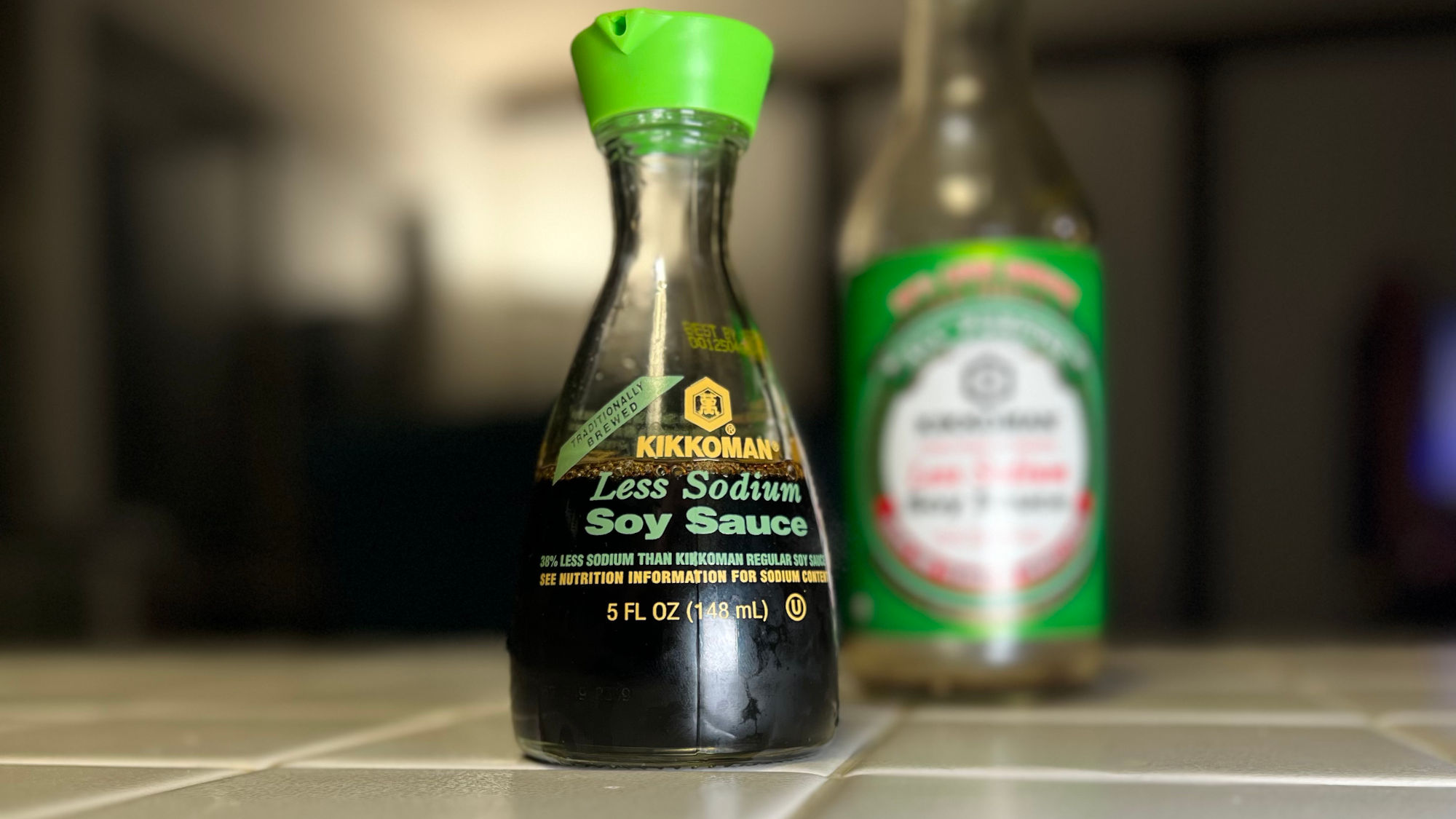CONDIMENTS:
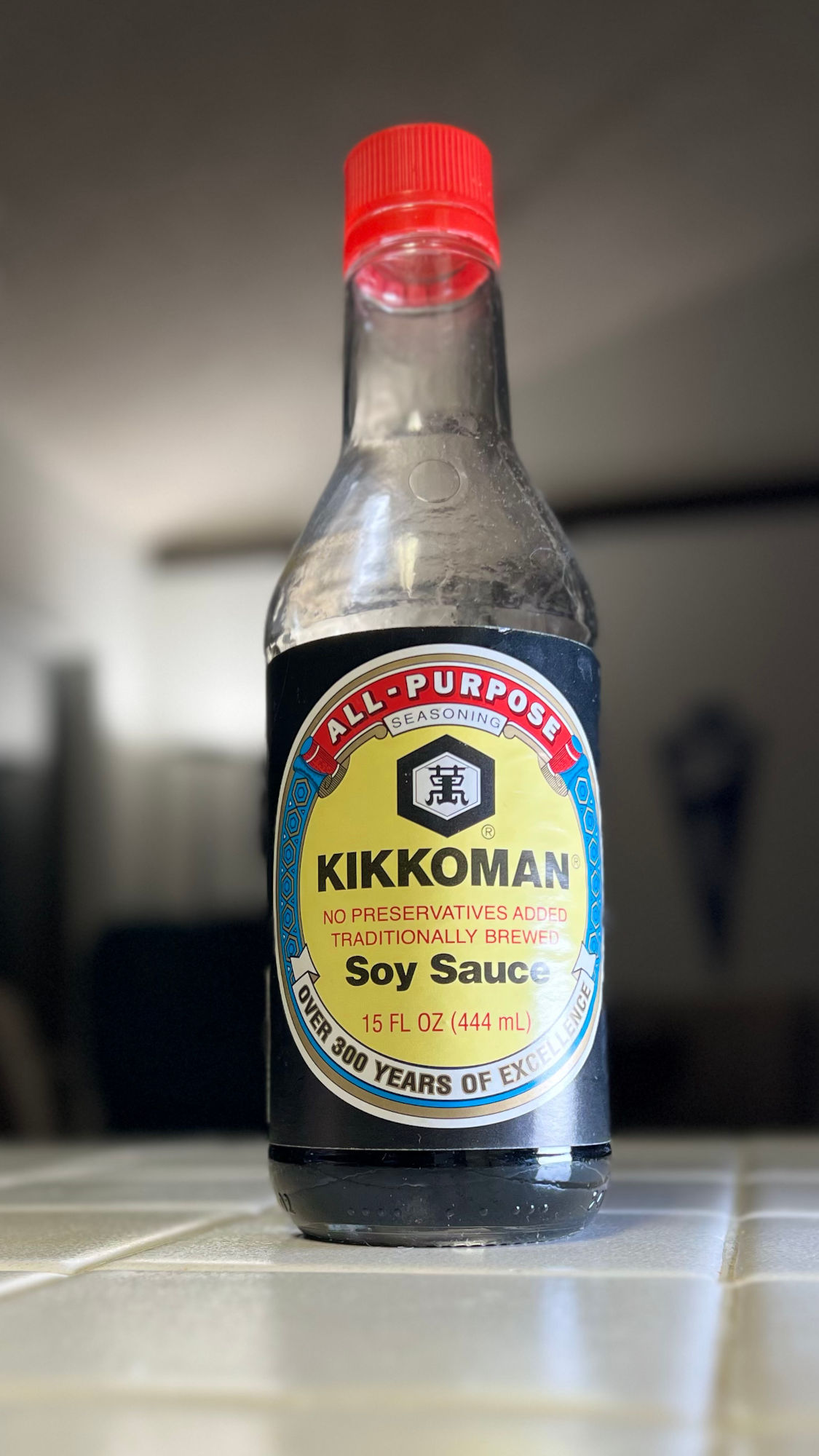
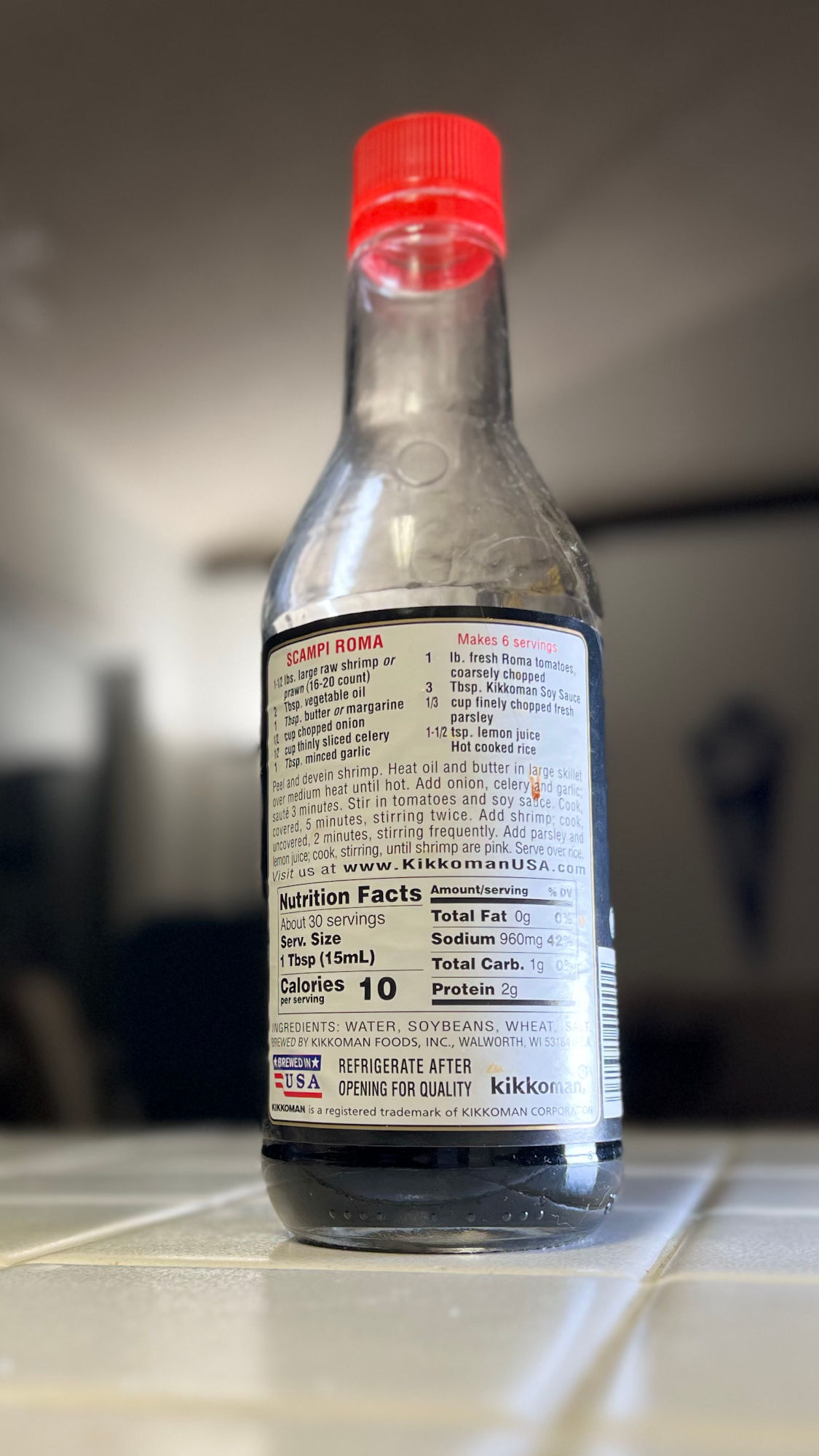
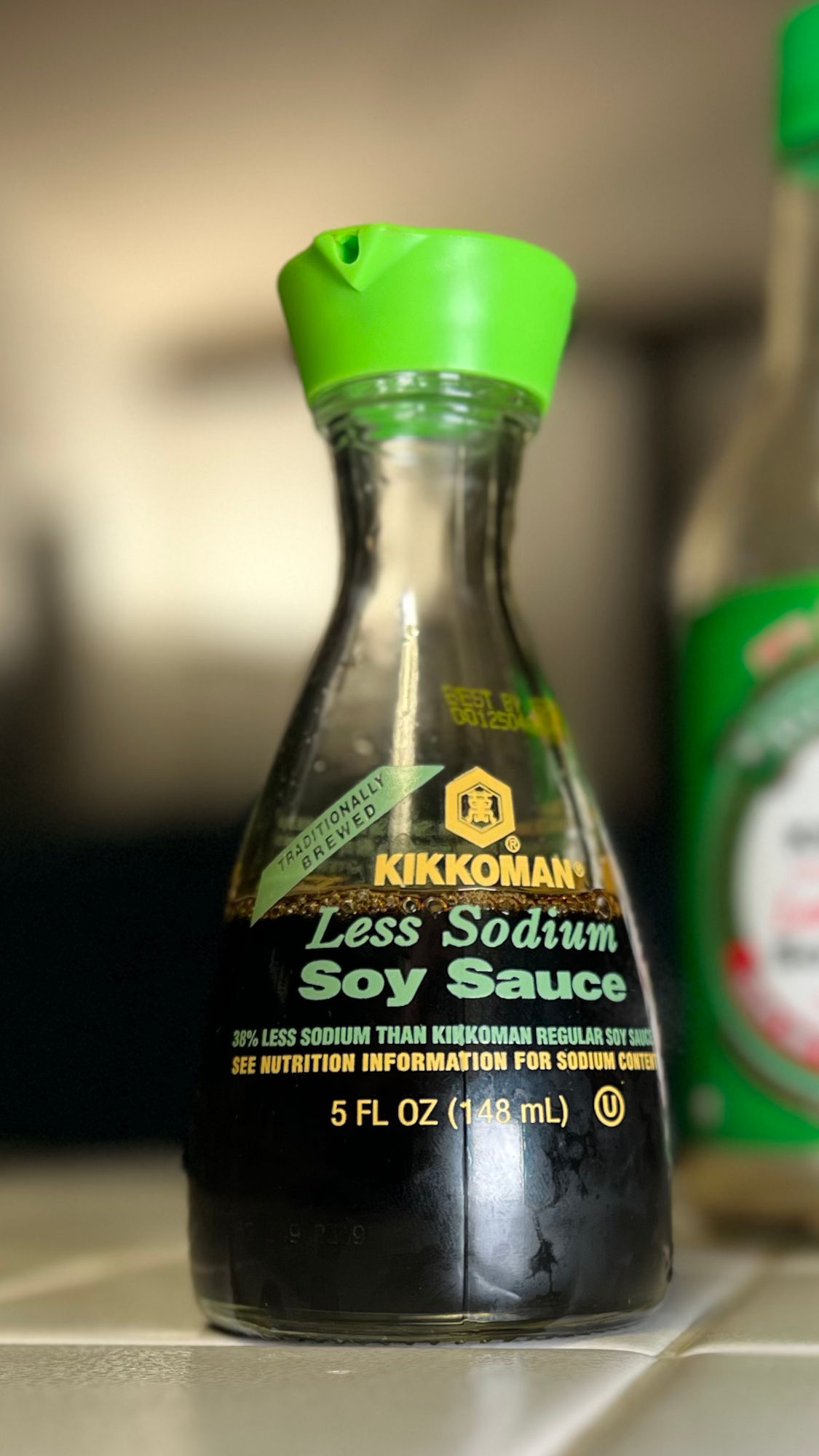
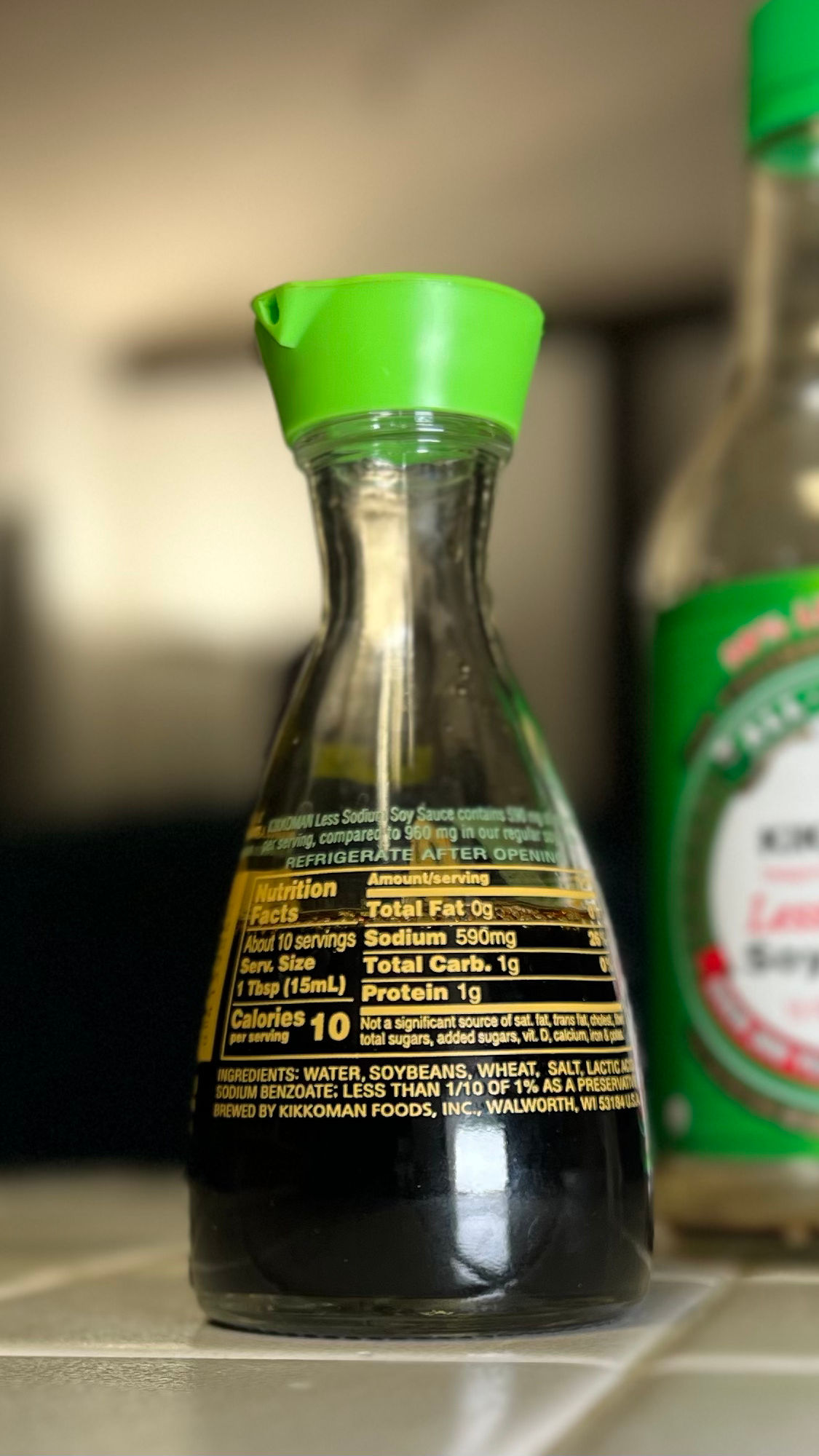
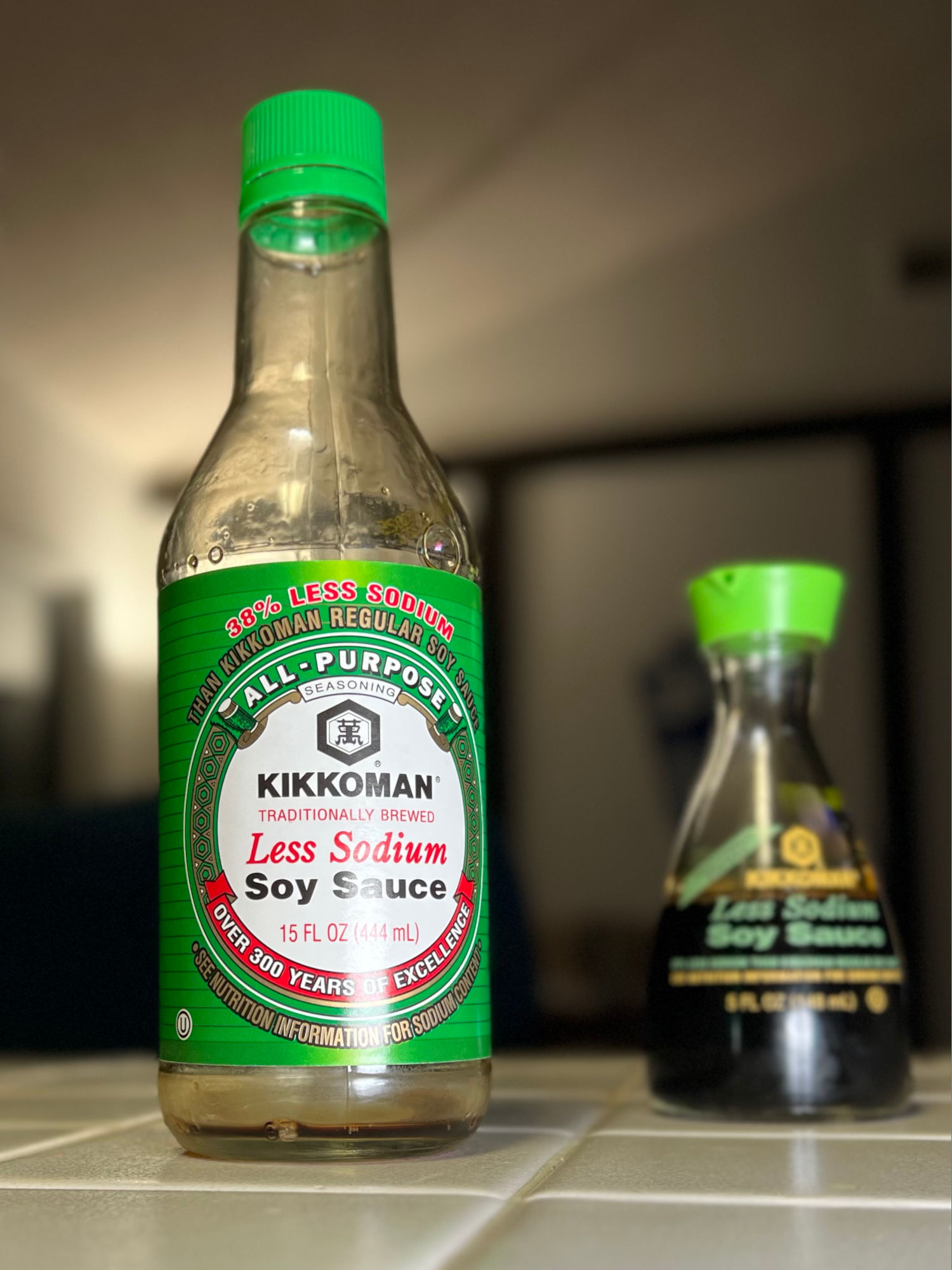
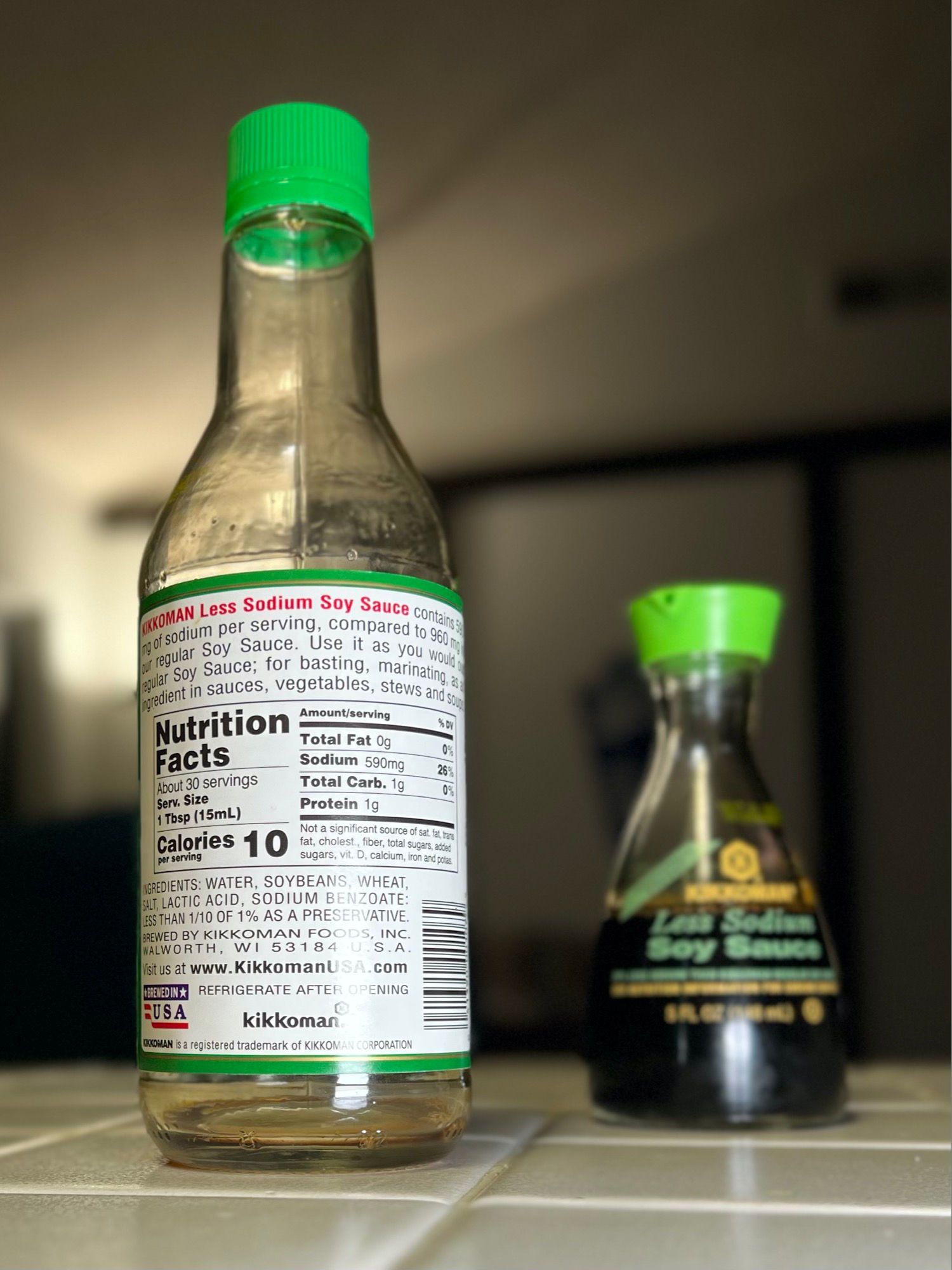
| EAT LEVEL: |
eatlife.net/recipes/chicken-stir-fry.php
| EAT LEVEL: |
eatlife.net/recipes/roasted-green-beans.php
All-purpose Kikkoman Soy Sauce
Traditionally brewed from water, soybeans, wheat and salt. Like fine wine, Kikkoman Soy Sauce is aged for several months to develop its characteristic rich and mellow umami taste, appetizing aroma and distinctive reddish-brown color. Besides using it in traditional Asian dishes, try it in mainstream American foods, classic Mediterranean dishes or Caribbean cuisine. Taste the difference and try America’s #1 soy sauce for yourself.
Kikkoman USAAll-purpose Soy SauceINGREDIENTS: WATER, SOYBEANS, WHEAT, SALT.Kikkoman Less Sodium Soy Sauce
Brewed exactly the same way as all-purpose Kikkoman Soy Sauce. However, after the fermentation process is completed, approximately 40% of the salt is removed. Although there is less sodium in Less Sodium Soy Sauce, all the flavor and quality characteristics remain because it is aged before extracting the salt. However, to maintain this full umami flavor, we recommend using it during the latter stage of cooking in braising sauces, soups and stews, vegetables or stir-frys.
Kikkoman USALess Sodium Soy SauceINGREDIENTS: WATER, SOYBEANS, WHEAT, SALT, LACTIC ACID, SODIUM BENZOATE; LESS THAN 1/10 OF 1% AS A PRESERVATIVE.For the best quality, use the sauces within one month of opening.
Once opened, the soy sauce will start to lose its freshness and the flavor will begin to change. By refrigerating the sauce, the flavor and quality will remain at their peak for a longer period. As long as no water or other ingredients have been added to the soy sauce, it would not spoil if it had not been refrigerated.
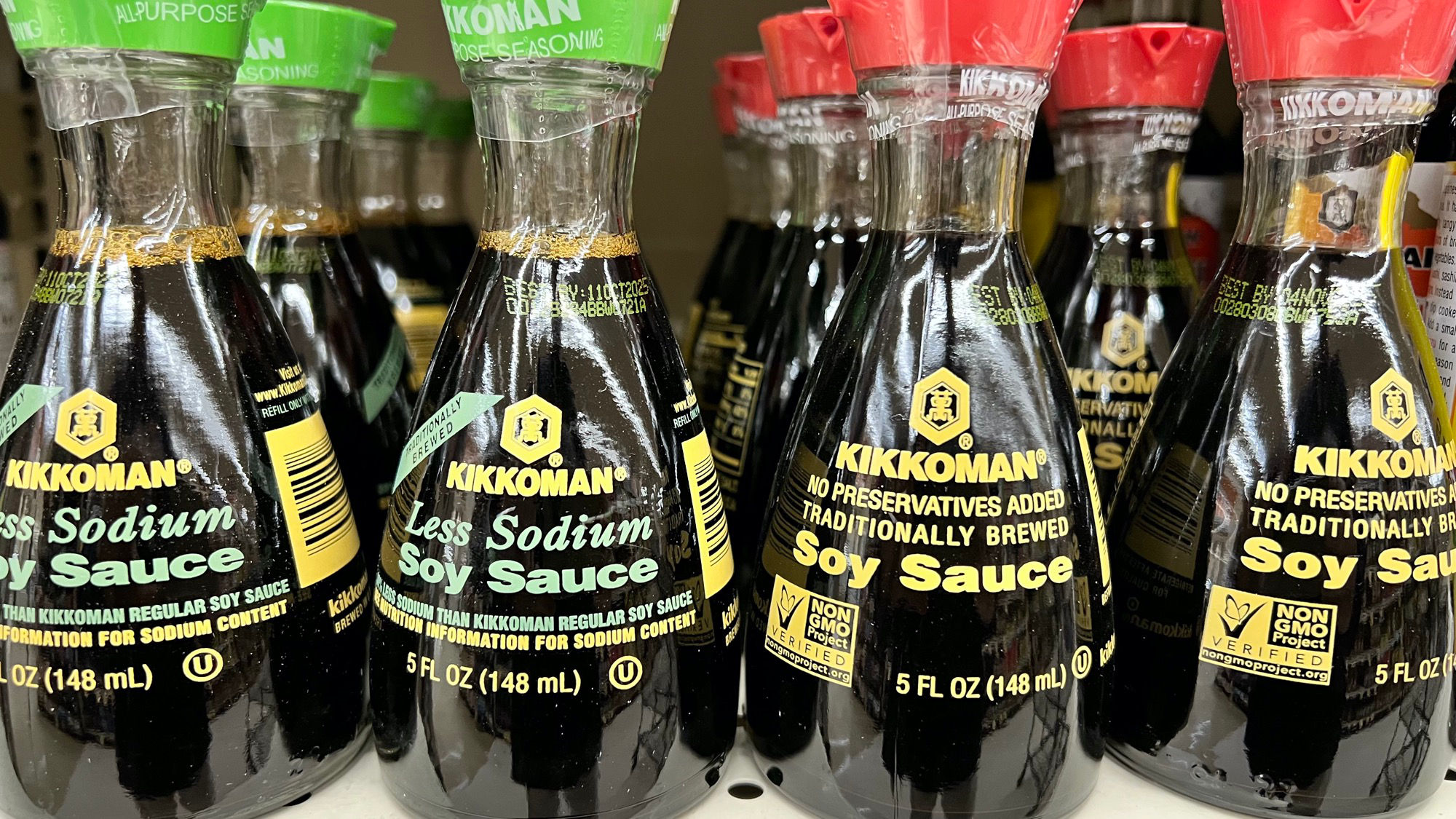
What is Soy Sauce?
Even people who love soy sauce and use it all the time are often surprised to learn what it is and how it’s made.Soy sauce is made from just four simple ingredients — water, soybeans, wheat and salt. Those ingredients are transformed through the magic of fermentation, much like the way wine and beer are made. And this traditional brewing process has remained unchanged for centuries.
How is soy sauce made?
- Selected soybeans and wheat are carefully blended.
- A proprietary starter is added, and the mixture takes a 3-day nap in a vat known as a "koji bed."
- The mixture, now called koji, is transferred to fermentation tanks where it’s mixed with a saltwater brine to make a mash called moromi.
- Next comes the most important ingredient of all: time! It takes several months for the full flavor, color and aroma to develop.
- When it’s finally ready, the mash is pressed to extract the raw soy sauce, which is then refined, heat-treated and bottled.
Not all soy sauces are created equal
Brewed vs. non-brewed soy sauceNot all soy sauces are made by traditional brewing. Non-brewed (or chemically hydrolyzed) soy sauce is a twentieth-century invention created to sidestep the lengthy brewing process. It’s often sold right alongside traditionally brewed products, but the two couldn’t be more different. Non-brewed soy sauce is made in a matter of hours from hydrolyzed vegetable protein and caramel coloring. Its flavor is harsh and one-dimensional.
Kikkoman’s traditional brewing process gives our soy sauce a rich, mellow flavor and complex bouquet. Despite advances in technology, the process simply can’t be hurried. Like a fine wine, it takes several months for brewed soy sauce to ferment and age to perfection.
- Color
Traditionally brewed Kikkoman Soy Sauce is delicately translucent with an attractive, reddish-brown color. Non-brewed soy sauce is black and opaque.- Aroma
The appetizing bouquet of Kikkoman is complex, yeasty and slightly sweet. Non-brewed soy sauce has an acrid, chemical aroma.- Flavor
Traditional brewing gives Kikkoman more than 300 distinct flavor and aroma components—including those of fruits, flowers, whiskey and coffee—that come together in perfect harmony to create its unique, distinctive flavor. As it coats your tongue, you can taste its complexity and experience the play of salty, sweet, sour and savory on your palate. Non-brewed soy sauce has a one-dimensional, unpleasant flavor that overpowers other flavors, rather than complementing them.Cooking with Kikkoman
When you cook with Kikkoman Soy Sauce, you quickly discover how versatile it isFor Asian-inspired dishes, like Sesame Peanut Noodles and Kung Pao Chicken, Kikkoman Soy Sauce is the anchor flavor in sauces, marinades and dressings. But that’s just the beginning. It’s a remarkable flavor enhancer that can actually boost and round out the flavors of other ingredients, adding depth and richness to all kinds of cuisines and foods, from all-American burgers and steaks to Latin, Mediterranean and other globally inspired dishes. From meat, poultry, and seafood to plant-based options, a splash of Kikkoman Soy Sauce makes everything taste better.
The magic of umami
Boosting the "delicious factor" in cookingThese days, everyone’s talking about umami, the so-called "fifth taste" (the other four being sweet, sour, salty, and bitter). Often described as meaty, savory, or brothy, umami is what you experience when you taste the tongue-coating richness of meat stock, the intensity of Parmesan cheese, the concentrated flavor of sautéed mushrooms, and the complex, sweet-savory depth of naturally brewed Kikkoman Soy Sauce. The umami qualities that develop as part of the natural brewing process make Kikkoman one of the most versatile flavor enhancers you can buy. Its complex flavor and delicate aroma help bring out the flavors of other ingredients. Want to add savory depth to a French onion soup or meaty flavor to a veggie burger? Whatever you’re cooking, reach for Kikkoman Soy Sauce as your go-to "umami in a bottle."
STEP 1Place 1/4 cup warm low-sodium chicken broth or vegetable broth in each of two small bowls. To one bowl, add 1/4 teaspoon Kikkoman Soy Sauce.
STEP 2Taste the plain broth.
STEP 3Now taste the Kikkoman-enhanced broth. Notice that you don’t really taste soy sauce, but the broth has more depth and a richer flavor.These flavor hacks will change the way you cook.
As Kikkoman Soy Sauce slowly ferments for months, our traditional brewing process develops that magical quality everyone loves: umami—the extra "kick" of savory, mouthwatering flavor sometimes known as "the fifth taste."And just a splash of any of our soy sauces is all you need to boost the umami factor of whatever’s cooking in your kitchen. Want to turn up the dial on deliciousness? Here are six of our favorite soy sauce flavor hacks.
- Swap out the salt – When you’re seasoning food during cooking, instead of automatically reaching for the saltshaker, try a splash of soy sauce instead. You’ll get both saltiness and umami; something that salt alone can’t provide.
- Meatier meatless – Soy sauce adds meaty depth to everything from vegetarian chili and veggie burgers to meatless soups and stews. Start with a small amount and taste as you go.
- Beefier burgers – Add about a tablespoon of soy sauce per pound of ground beef when you’re making burger patties to enhance their mouthwatering meatiness. For complete directions, check out our much-loved recipe for Simply Savory Burgers.
- Brine a juicier bird – Yes, Kikkoman Soy Sauce is the ultimate turkey-brining secret! Your bird will turn out spectacularly golden brown, extra juicy, and bursting with umami. Try the Juicy Brined Turkey recipe everyone’s talking about!
- Save your gravy
– Bland gravy? No worries. Just stir in some Kikkoman Soy Sauce, a few drops at a time, to add rich, savory flavor and appetizing color.- Make Batayaki your BFF – Butter and soy sauce make an incredible instant sauce for salmon or steak. Try this: Dredge a salmon fillet in flour, then brown in a skillet in a mixture of 1 teaspoon butter and 1 teaspoon neutral cooking oil. When it is lightly browned and cooked through, drizzle 2 teaspoons of Kikkoman Soy Sauce on top. Transfer salmon to a plate and pour sauce over salmon. (For more than one fillet, just increase the same ingredients proportionately.) Batayaki is great with pan-seared steak, shrimp, mushrooms, and more!
@cookingbomb Chinese mom’s trick how to pick a bottle of GOOD soy sauce. #soysauce #asianmarket #chinesefood ♬ original sound - Cookingbomb袁倩祎
CARBS
SUGARS
FAT
1 servings per container
Amount per serving
% Daily Value*
| Total Fat 0g | 0.00% | |
| Saturated Fat 0g | 0.00% | |
| Trans Fat 0g | ||
| Cholesterol 0mg | 0.00% | |
| Sodium 590mg | 25.65% | |
| Total Carbohydrate 1g | 0.36% | |
| Dietary Fiber 0g | 0.00% | |
| Total Sugars 0g | ||
| Includes 0g Added Sugars | 0.00% | |
| Protein 1g | 2.00% |
| Vitamin D 0mcg | 0.00% |
| Calcium 0mg | 0.00% |
| Iron 0mg | 0.00% |
| Potassium 0mg | 0.00% |
INGREDIENTS: WATER, SOYBEANS, WHEAT, SALT, LACTIC ACID, SODIUM BENZOATE; LESS THAN 1/10 OF 1% AS A PRESERVATIVE.
